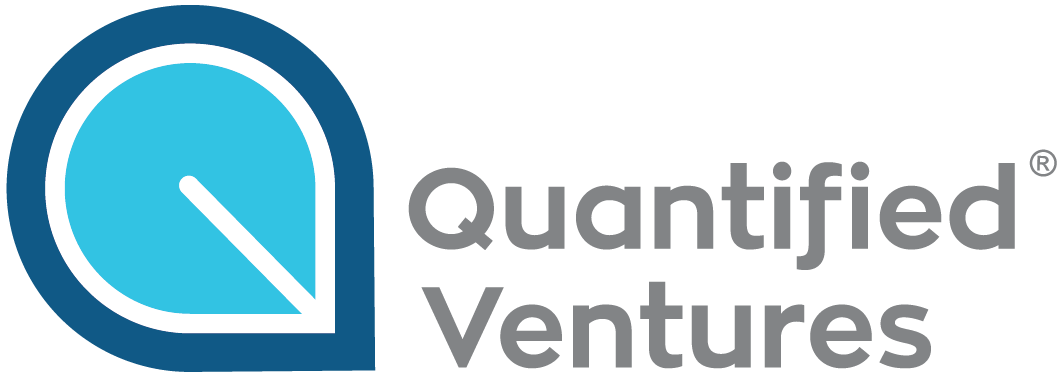A Five-Step Approach to Ensure Water Infrastructure Funding Improves Health Outcomes, Community Resilience, and Affordability
by Tee Thomas, Director
Part 1 of 2 (leer en español)
You should get what you pay for. It seems like the simplest and most common sense way to think about how you spend money.
Imagine if you go to the store to buy a sandwich and the employee gives you one of those tree air fresheners that hang from a car’s rear-view window. Or you take your car in to get fixed and the mechanic doesn’t open the hood to check it out before he diagnoses that you need to pay for a complete engine overhaul.
Of course, none of us spend our money that way in real life. Or do we when it comes to our water investments?
Water financing nerds such as myself are celebrating the Bipartisan Infrastructure Law (BIL) which introduces more than $55 billion in new water funds to support long delayed investments in resiliency and to right past environmental injustices. Most of these funds will flow through existing State Revolving Funds (SRFs).
photo by mrjn Photography on Unsplash
The current Administration’s Justice 40 initiative – and its goal that 40% of the overall benefits of certain Federal investments go to disadvantaged communities – promises long overdue resources to previously under-resourced and overlooked populations such as manufactured home and racial minority communities.
As advocacy groups become empowered to champion these funds, technical assistance is announced through state and federal grant opportunities, and the states begin to allocate funds through their Intended Use Plans the question remains—how are we answering the simple question of are we getting way we’re paying for? Because though it may be flowing through the federal government, there should be no confusion—these BIL dollars are our tax dollars at work and possibly the greatest opportunity to effect change on the ground.
The SRF and other BIL funds are on the clock and well-intentioned administrators are working as fast as possible to invest in opportunities that can check a Justice 40 box. We must take an outcomes-based approach to targeting these investments and measuring results to prove (or disprove) efficacy; namely improving lives and livelihoods in disadvantaged communities.
The purpose of SRFs is not to host a certain number of webinars, receive a certain volume of applications, or even invest a certain amount of dollars in state-defined disadvantaged communities. The purpose of these funds is to address the health of those who have suffered from inequities caused primarily by decades-old government policy. SRFs are health investments dressed up in water clothing.
We in the water profession must remember that we are collectively charged with public health—not simply regulatory phosphorous reduction or CSO tunnel creators, but true public health. And we need to go where the health inequities are most acute and invest in community-oriented solutions that address the particular local issue.
What health challenges are red lined communities facing? The answer is grim—almost every health indicator, from rates of cancer to diabetes to life expectancy, are worse in red lined communities. Under-resourced communities are also disproportionately affected by climate change and ever-increasing costs of water infrastructure.
To change this paradigm, the collective “we”—from the U.S. Environmental Protection Agency, to SRFs, nonprofit advocacy and watershed groups, water sector companies, and local municipalities—must push ourselves to prove that we are truly making an actual human being’s life better through the BIL funding infusion.
We recommend a process to demonstrate at least three basic outcomes:
Improved health outcomes
Resiliency to climate change
Affordability
This can be accomplished through a five-step approach to attempt to right these wrongs while working to improve outcomes through BIL funding, SRFs, and related investments:
Conduct a community health survey or resilience vulnerability survey. In this phase, a community health organization will conduct community surveys, engagement, and utilize available health data and resiliency to understand and prioritize health needs.
Create an inventory of water investments that are anticipated to address the priority health or resiliency needs. Take, for example Buffalo’s Rain Check 2.0 Opportunity Report, which included an equity index, community profiles, tree canopy analysis, economic impact analysis, and development trends.
Provide technical assistance to create a capital stack for communities most in need of investment and to predict primary and secondary outcomes driven by these investments.
Invest in the priority health and water projects.
Repeat annual economic and health surveys to publicly disclose outcomes to the community.
In part 2 of this blog series I will take a deeper look at several communities who have been able to effectively leverage infrastructure financing / funding and identify pathways to engage private entities to benefit public health.

